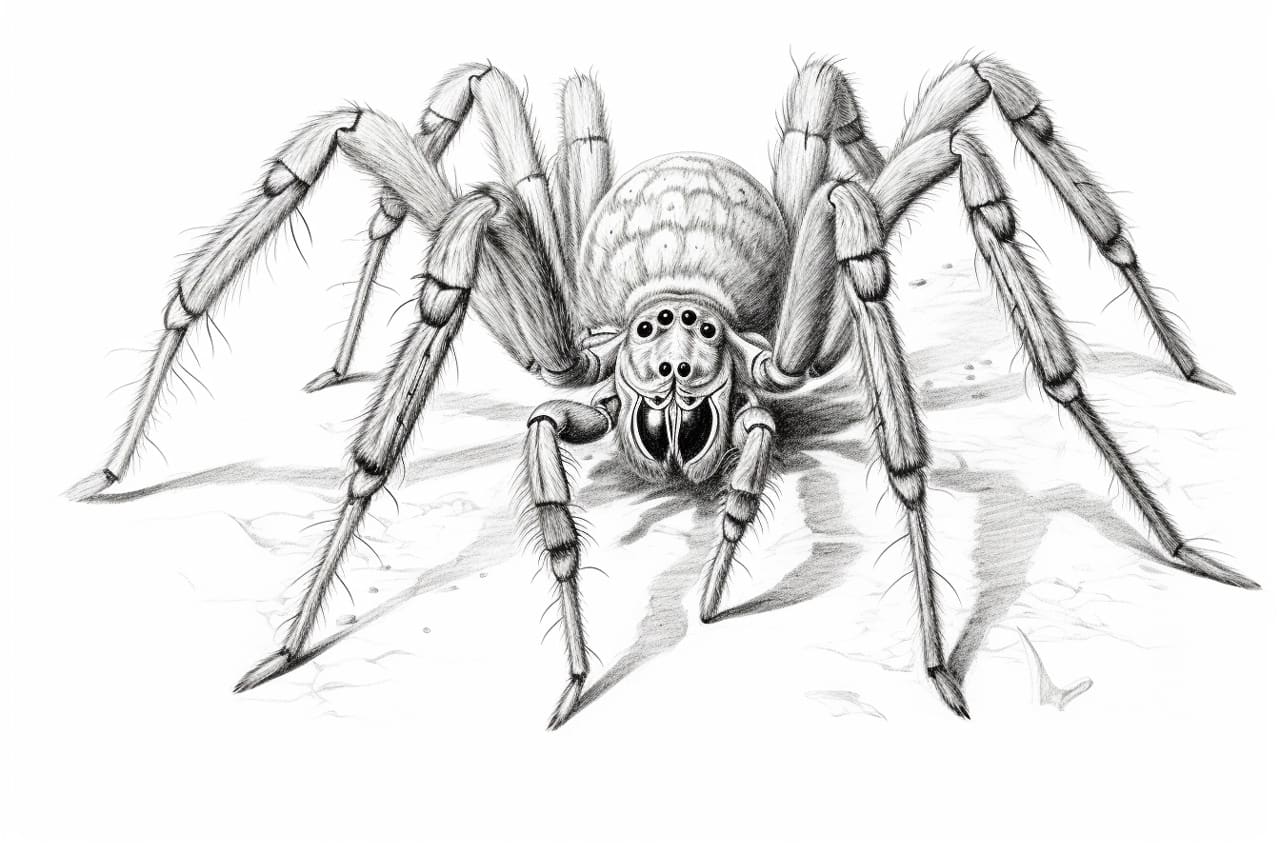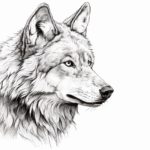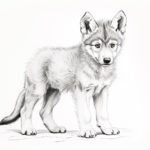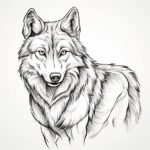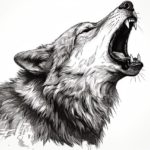Welcome to this drawing lesson on capturing the intricate beauty of the Wolf Spider on paper! Known for its agility and stealth, the Wolf Spider is a fascinating subject for artists seeking to explore the world of nature through their sketches. In this tutorial, we will delve into the anatomy of the Wolf Spider, understanding its unique features and characteristics that make it a formidable predator in the wild. Through careful observation and precise strokes, we will learn how to bring this magnificent creature to life on the canvas, highlighting its intricate patterns and fascinating textures. So grab your pencils, sharpen your focus, and embark on this artistic journey to uncover the secrets of drawing the Wolf Spider!
Materials Required
To draw a Wolf Spider, you will need the following materials:
- Pencil: To sketch the outline and details of the spider.
- Paper: A good quality drawing paper to create artwork on.
- Eraser: To correct any mistakes or guidelines you no longer need.
- Fine-tip pens or markers: These add details and outline the spider.
- Reference image: A photo or illustration of a Wolf Spider to use as a guide.
- Optional: Colored pencils or markers to add color to your drawing.:
How to Draw a Wolf Spider: a Step-by-step Guide
Step 1: Gather Your Materials
Gather all the necessary materials for your drawing, including a pencil, eraser, paper, and reference images of a wolf spider for guidance.
Step 2: Start with Basic Shapes
Begin by sketching the basic shapes of the wolf spider using light and loose lines. Start with an oval for the body and add smaller circles for the head and abdomen. Position the circles to create a sense of perspective.
Step 3: Outline the Body Parts
Refine the shapes by outlining the body parts of the wolf spider. Draw eight legs extending from the body, varying lengths and angles to create a natural and dynamic pose. Add details like the eyes and fangs.
Step 4: Add Texture and Details
Add texture and details to the body of the wolf spider to make it more realistic. Use short, curved lines to create the hairy texture on its body. Pay attention to the patterns and markings on the spider’s back and legs.
Step 5: Refine and Darken Your Lines
Once you are satisfied with the overall shape and details, go over your sketch with darker lines to define the final form of the wolf spider. Erase any unnecessary guidelines and adjust any proportions that may need correction.
Step 6: Shade and Add Depth
Add shading to your drawing to give the wolf spider a sense of volume and depth. Use hatching and cross-hatching techniques to create shadows and highlights on the spider’s body. Pay attention to the light source to determine where the shadows fall.
Step 7: Final Touches
Finally, add any final touches to your drawing, such as enhancing the contrast, refining details, and making any necessary adjustments to ensure a polished and realistic depiction of the wolf spider.
Step 8: Sign and Date
Sign and date your drawing to mark its completion and add a personal touch to your artwork. Congratulations on completing your wolf spider drawing!
Conclusion
Fantastic job on capturing the essence of the Wolf Spider in your drawing! Your attention to detail and use of shading really bring out this fascinating creature’s intricate features. Keep exploring different techniques and subjects in your artwork, as each piece is an opportunity for growth and improvement. Remember to stay curious and open-minded in your artistic journey. Keep up the great work, and continue to let your creativity shine!
Gallery of Wolf Spider Drawings
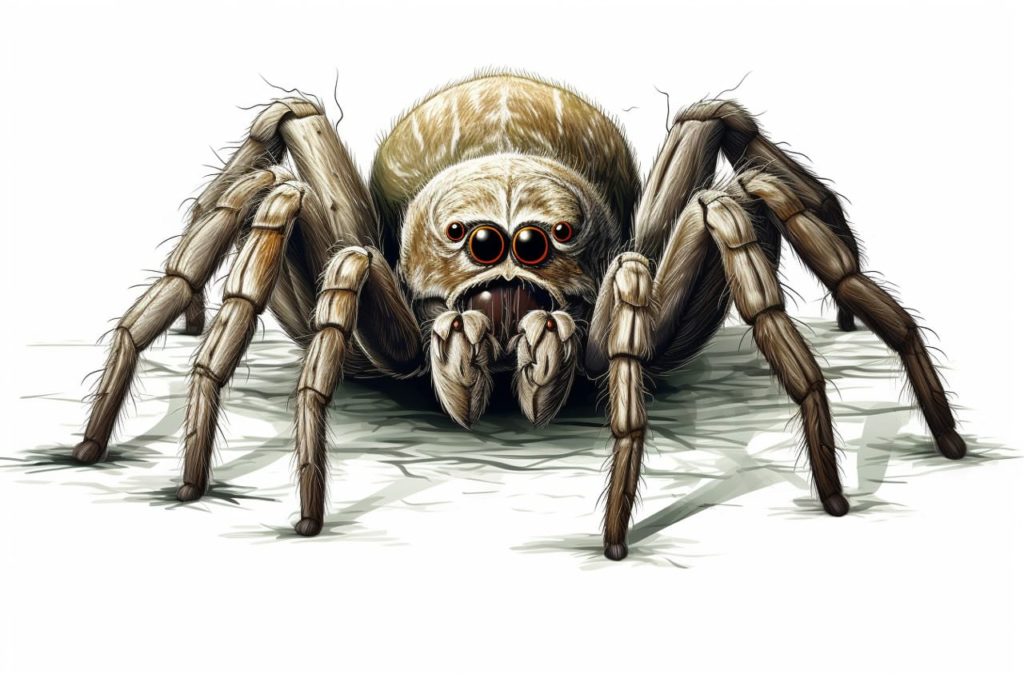
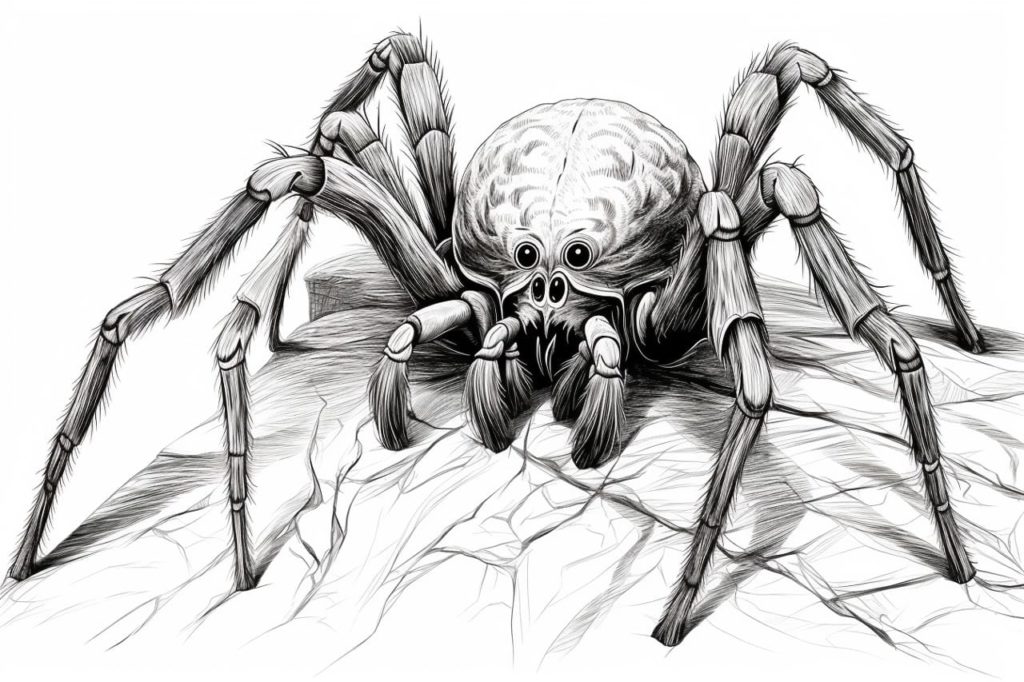
Fun Facts About Wolf Spiders
Certainly! Here are some fun and interesting facts about Wolf Spiders:
- Wolf Spiders are agile hunters who do not spin webs to catch prey. Instead, they actively hunt down insects and other small creatures on the ground.
- They are named “Wolf” spiders because of their hunting behavior, similar to a wolf’s. They are known for their speed and agility when chasing down prey.
- Female Wolf Spiders carry their eggs in a sac attached to their spinnerets until the spiderlings hatch. The mother then takes the spiderlings until they are ready to fend for themselves.
- Wolf Spiders have excellent eyesight compared to many other spider species. They have eight eyes arranged in three rows, with the longest middle row.
- These spiders are commonly found in various habitats, including grasslands, forests, and urban areas. They are often seen running across the ground or on walls and fences.
- Wolf Spiders are not known to be aggressive towards humans and will usually only bite if provoked or threatened. Their bite is venomous but not usually dangerous to humans, causing mild pain and swelling.
- These spiders are important in controlling insect populations in their habitats, serving as natural pest control agents.
- Wolf Spiders use large and powerful jaws to subdue their prey. They inject venom into their prey to immobilize it before feeding.
- Some species of Wolf Spiders are known for their unique burrowing behavior, creating silk-lined burrows where they retreat to rest and lay their eggs.
- Wolf Spiders are solitary creatures typically seen alone except during mating or when the mother is carrying her young. They are known for their independent and self-sufficient nature.
Suggestions for Scenes and Settings for Wolf Spider Drawings
Certainly! Here are some specific suggestions for scenes and settings for drawings of a Wolf Spider:
- Wolf Spider in its natural habitat: Draw the spider in a realistic natural setting, such as a forest floor or grassy meadow. Include details like fallen leaves, twigs, and rocks to create a realistic environment.
- Wolf Spider hunting prey: Illustrate the spider stalking its prey, such as a fly or beetle. Show the spider crouched, ready to pounce on its unsuspecting victim.
- Wolf Spider in a web: Depict the spider sitting in the center of its intricate web, with the delicate strands glistening in the sunlight. Include details like dewdrops or caught insects on the web.
- Wolf Spider with its offspring: Show a female wolf spider carrying her babies on her back or in a protective silk sac. Capture the tender moment of maternal care and protection.
- Wolf Spider in a spooky setting: Create a Halloween-themed drawing with the spider in a dark and eerie setting like a haunted house or graveyard. Use dramatic lighting and shadows to enhance the creepy atmosphere.
- Wolf Spider in a macro view: Zoom in on the spider to showcase its intricate details like hairy legs, multiple eyes, and fangs. Highlight the spider’s unique features in a close-up drawing.
- Wolf Spider in a fantasy world: Let your imagination run wild and place the spider in a whimsical fantasy setting like a magical forest or enchanted garden. Incorporate fantastical elements like fairy lights or talking animals.
- Wolf Spider in a scientific illustration: Create a detailed and accurate scientific illustration of the spider, focusing on anatomical features and body proportions. Include labels for educational purposes.
These suggestions can help you explore creative possibilities and showcase the Wolf Spider in interesting and engaging scenes.

